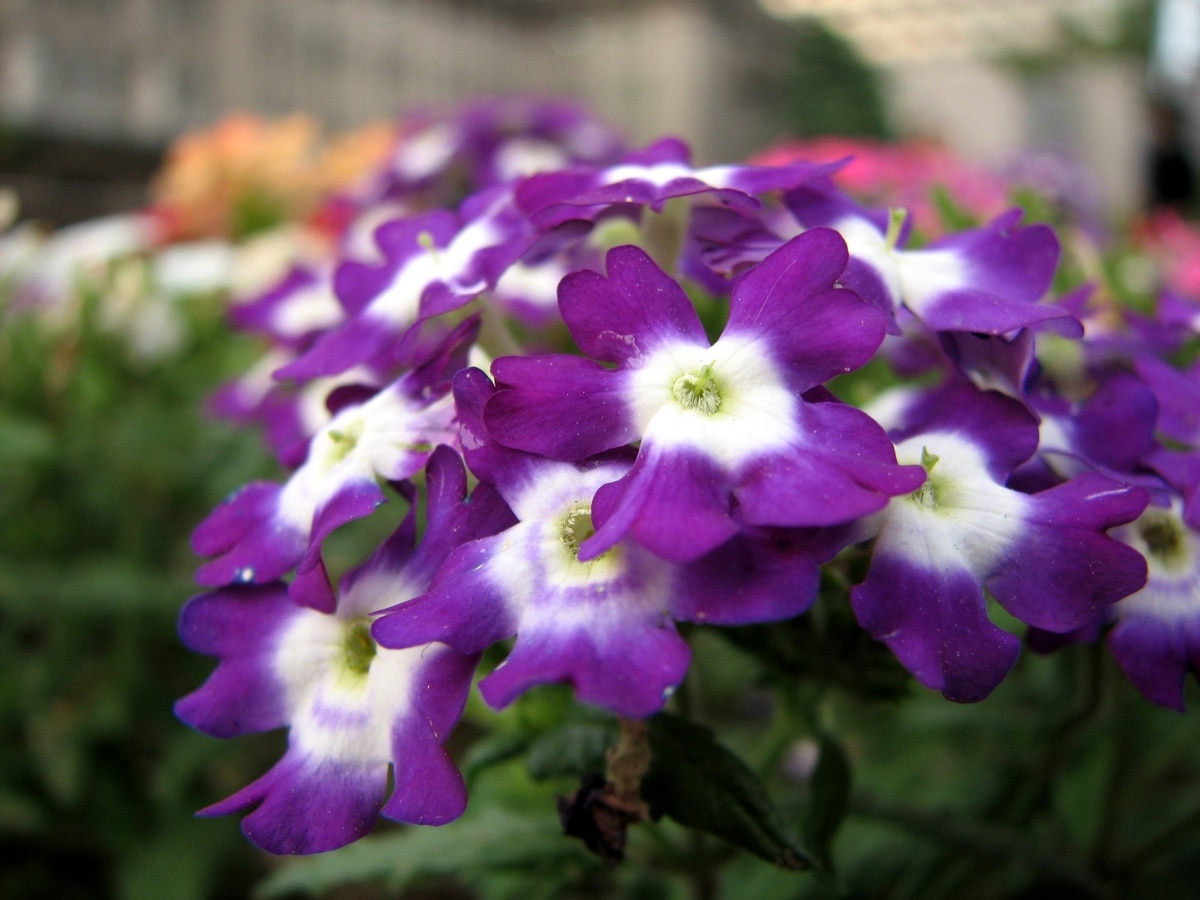
Image - Flickr / Chris Gladis
Among the genre of Verbena There are a large number of species, in total, about 250, and all belong to the Verbenaceae family. They are highly branched plants whose size does not usually exceed 25 centimeters in height. Its use is mainly decorative.
They are used to be placed on balconies, terraces and garden edges to add color and increase diversity. Do you want to know in depth about these plants and the care it requires to have them in your garden?
Verbena plant characteristics
Verbena is a perennial herb that grows up to one meter in height, and may even exceed it. It has the leaves in opposite arrangement, with the shape of a lance. Its nerves can be seen with the naked eye, and it also has jagged edges. But its greatest attraction is its flowers.
It blooms in summer, since it is when the temperatures are the most suitable for them to produce their flowers without problems. These are small but abundant flowers that are gathered in flat umbels of different colors: pink, red, blue, purple ... hence they are used very often to bring an extra color to terraces, balconies and gardens.
They usually decorate both public and private gardens at this time of year.
Types of Verbena
There are a few varieties of verbenas that are cultivated frequently. They are as follows:
verbena bonariensis
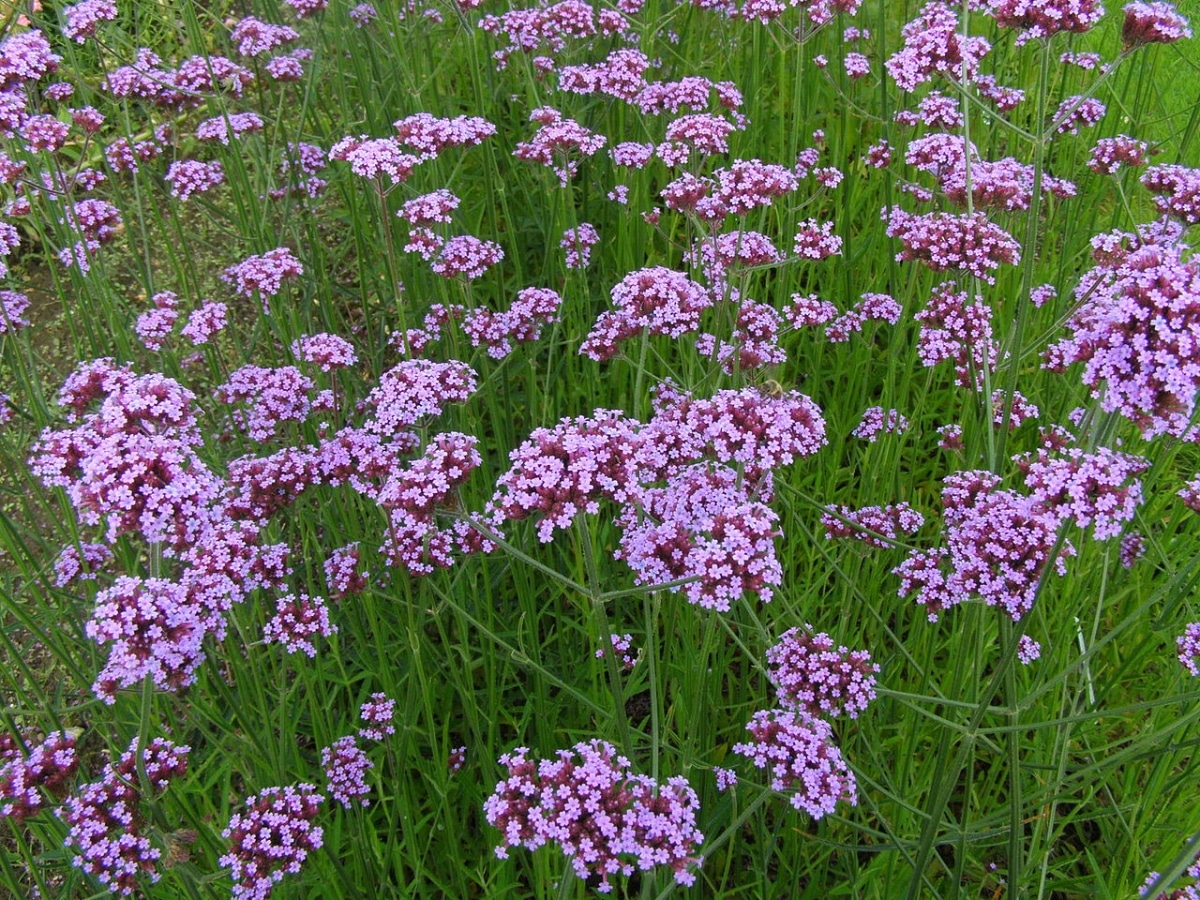
Image - Wikimedia / frank wouters
La verbena bonariensis It is a variety that grows in South America. Reaches 120 centimeters in height, and produces lavender flowers, which are very, very numerous. In addition, they attract butterflies and bees, as well as other beneficial insectsas they have nectar.
hybrid verbena
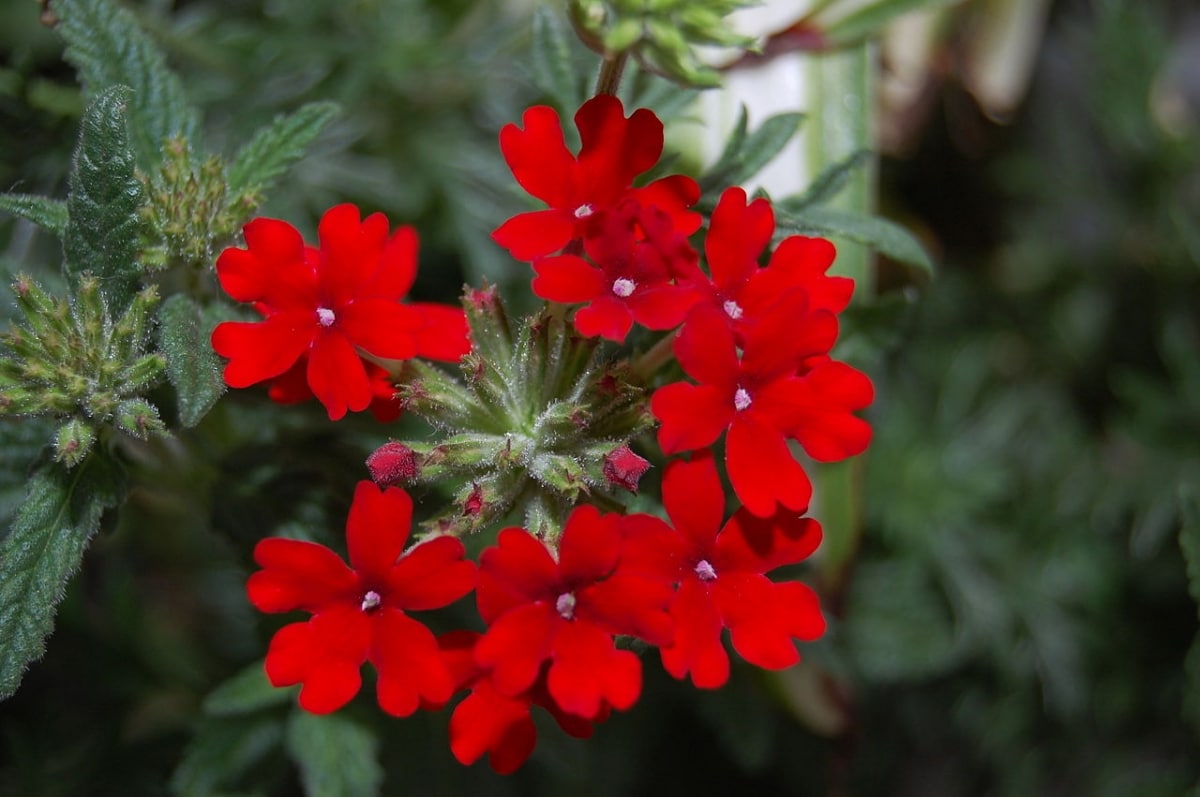
Image - Wikimedia / Jwitos
It is a variety that comes from the cross between several species. There are two types: the one that grows straight, which measures between 30 and 50 centimeters, and the one that has a creeping growth that reaches 25 centimeters in height. The latter are known as verbena repens or creeping verbena. Its flowers can be white, red, pink, blue, or lilac.
verbena officinalis
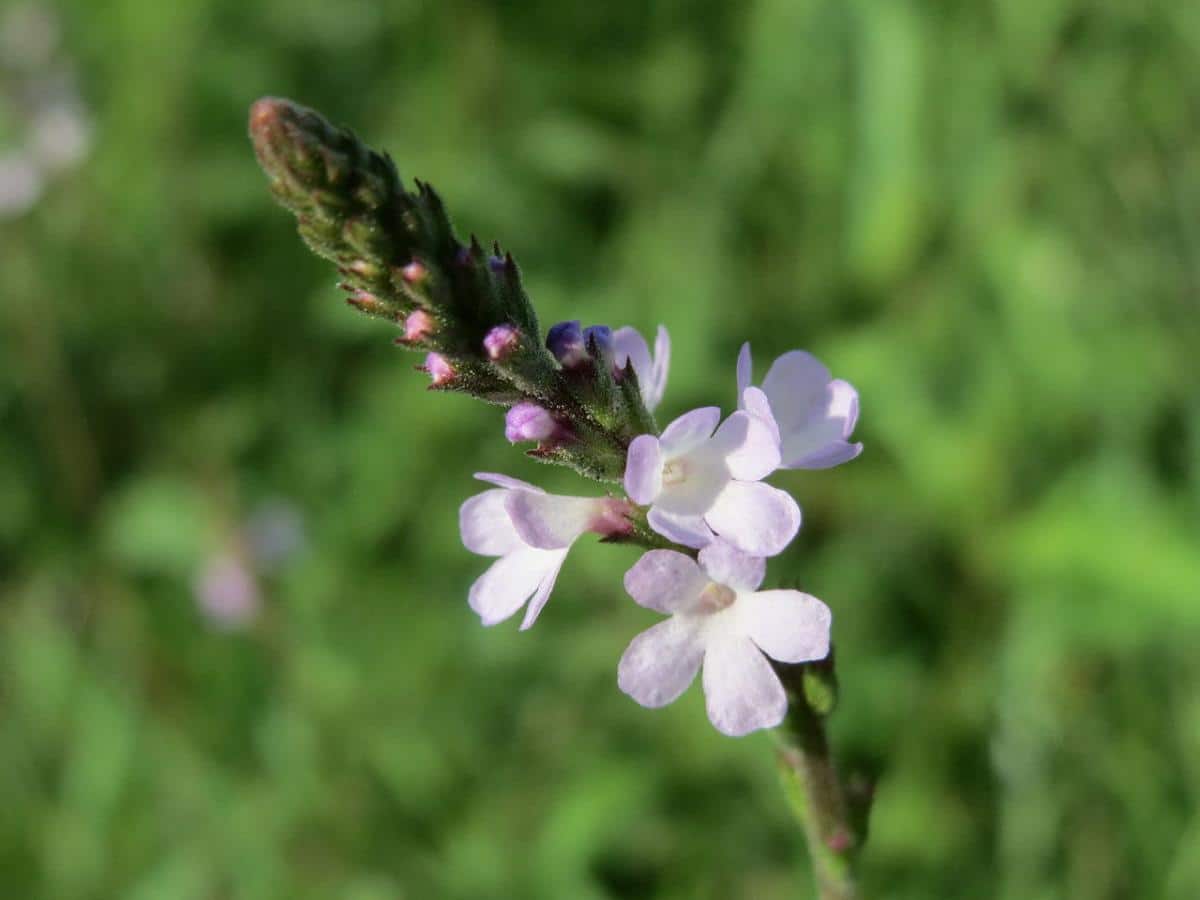
Image - Wikimedia / frank wouters
Known as holy herb or common verbena, it is a perennial plant that grows in Southeast Europe. Reaches 100 centimeters in height, and produces white, bluish or lilac flowers.
Verbena care
Verbena is a very grateful plant, which can last us a long time if we provide it with the necessary care. It is perfect for planting in planters that we will later put on the balcony, or in a flower bed in the garden. It grows quite fast; In fact, the first thing we have to do as soon as we buy it is to see if the roots come out through the holes in the pot, since if so we will have to transplant it, either to a larger pot, or to the garden.
Let's know how to take care of it:
Location
Verbena is able to withstand direct sunlight, in fact it prefers it, although from time to time it is good to leave it a little in semi-shade so as not to damage it. In the face of winter frosts, he has nothing to do. It is important that if we want to maintain it throughout the year, we place it in places protected from wind and low temperatures.
Irrigation
Because it blooms in summer, it needs high temperatures. It's a plant quite resistant to drought, so it does not require a lot of water. The ideal is to water it once or twice a week, taking into account that it should not be watered too much. It is advisable that the soil stay completely dry for a couple of days before deciding to water again.
Soil or substrate
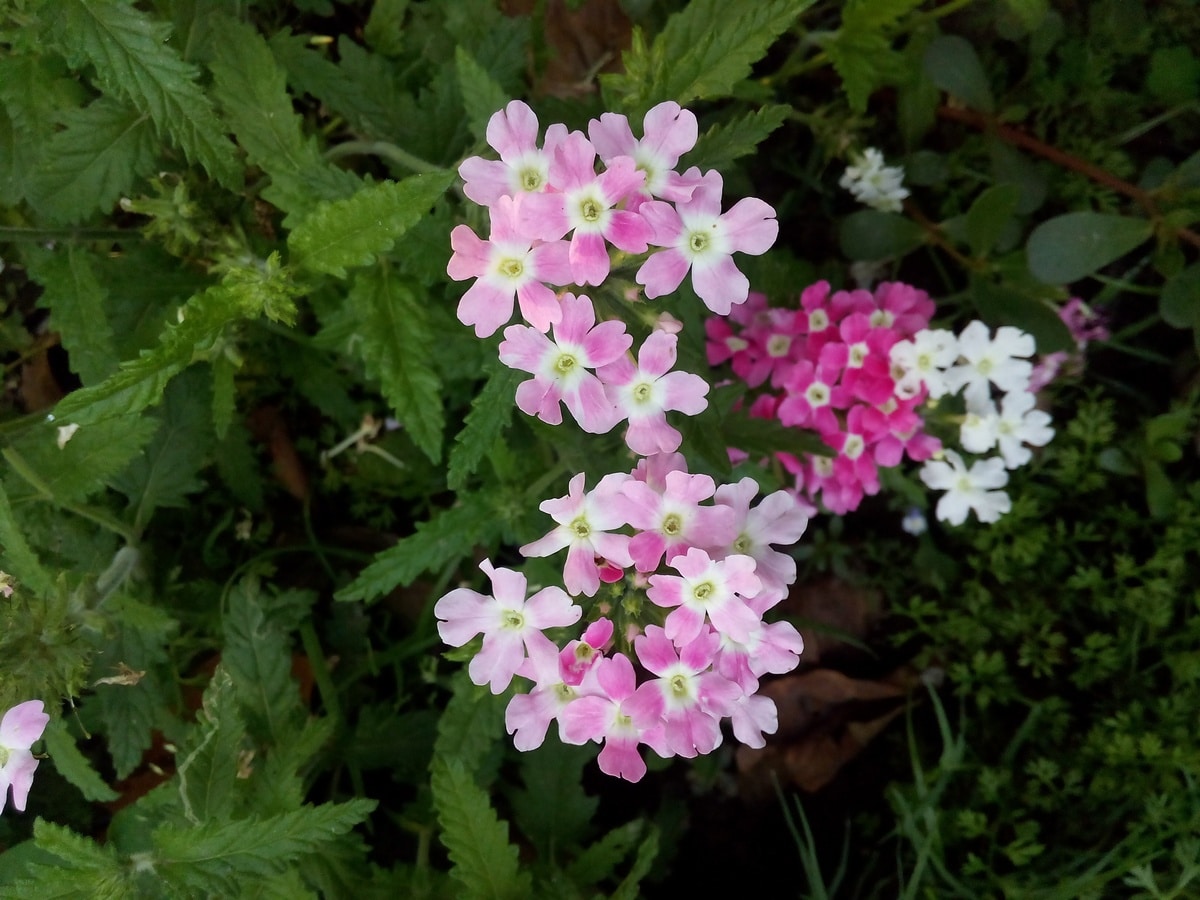
- Flower pot: if you are going to grow it in a pot, it is advisable to fill it with universal substrate (for sale here).
- Garden: in case of having it in the ground, it is important that the land is fertile. It does not grow on those that are eroded or lack nutrients.
Subscriber
If we decide to have a healthy and strong festival, you will need a liquid fertilizer for flowering plants (for sale here) every 20 days in its growth period, that is, from spring to late summer.
Now, if we prefer, we can use organic fertilizers, such as guano (for sale here) or worm castings. But yes, even if they are natural, we have to apply the dose that will be indicated on the container.
Multiplication
Verbena is an herb that easily propagated by seed in spring and also by cuttings in fall. Let's know how to proceed:
Seeds
The seeds of the verbena plant they can be sown in anything that serves as a seedbed, such as milk containers, yogurt glasses, peat pellets (for sale No products found.) or, of course, pots with drainage holes. The only thing you should keep in mind is that it must be clean and facilitate the water to drain.
Once you have chosen what you will use as a seedbed, you have to fill it if necessary with universal substrate and then water. In the case of opting for peat tablets, put them in a container with water to absorb it and, thus, be ready for sowing seeds.
Finally, place a maximum of two seeds in each seedbed. It is important not to put more, since it is most likely that but all the majority will germinate, and this could be a problem when we want to separate them and plant them in individual pots, since their roots would intertwine.
Verbena seeds germinate early, approximately 10 days after sowing. Keep the seedbed outside, in full sun, and water occasionally so the soil doesn't dry out.
Cuttings
Cuttings are taken in autumn. You have to cut stems that are about 10 centimeters long, and then you have to impregnate the base with rooting hormones (on sale here). Then plant them in small pots, about 10 centimeters in diameter, with a substrate such as vermiculite (for sale here).
Afterwards, you have to place them outside, in semi-shade, and ensure that the soil remains moist but not flooded. In this way, they will be able to develop roots after about 15 days.
Rusticity
Verbenas are plants that need heat to grow. The cold and freezing temperatures seriously harm them. For this reason, they should not be left outside if there is frost.
Verbena uses
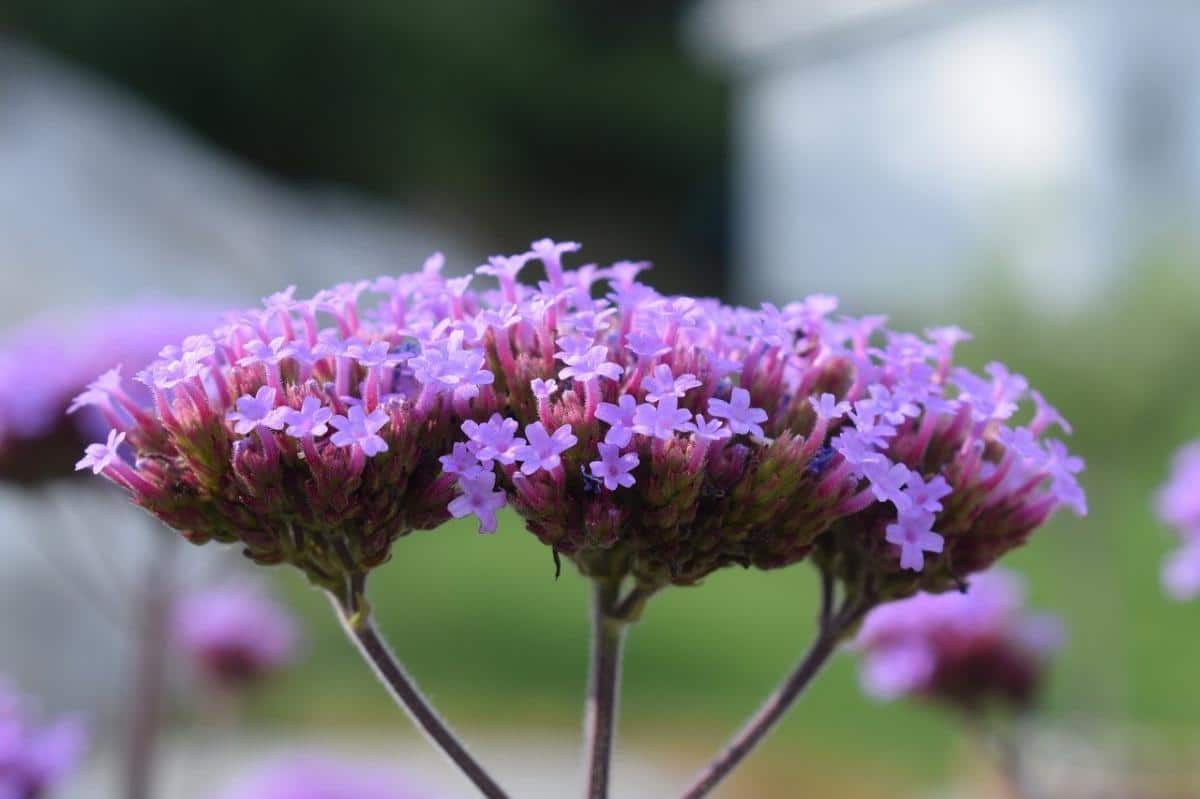
It is a plant that, although it is used mainly for decoration, the truth is that it has other uses. In fact, it is medicinal and has several different properties, for example:
- It can be used to relieve or stop diarrhea.
- It is sedative, which is useful to sleep better even on the days when we are most stressed.
- It can be used to relieve pain caused by rheumatism or menstruation.
- It is recommended for unproductive coughs.
The dried flowers and roots are used mainly, in infusion. But always, before starting any type of treatment, it is better to contact a professional.
I hope that with these indications you can enjoy this extra touch of color in your garden or balcony.
Hello, good night, I am from Caracas and I would like to know what I can plant on a hill, with clay and hard soil. Thank you.
Hello Giuseppina.
What types of plants do you like? And, how much land do you have? For now, I recommend these:
Cassia fistula
callistemon
Hibiscus
Acacia retinoids
Citrus (orange, lemon, mandarin, ...)
Flowers: dimorfoteca, gazania, euryops.
A greeting.
Why do I get flowers girls? I have many and all flowers girls
Hello, ximena.
Verbena flowers are small: they measure about a centimeter in diameter.
If they are shorter than that, they may need a larger pot, or compost. A compost for flowering plants can help them bloom better.
Greetings.